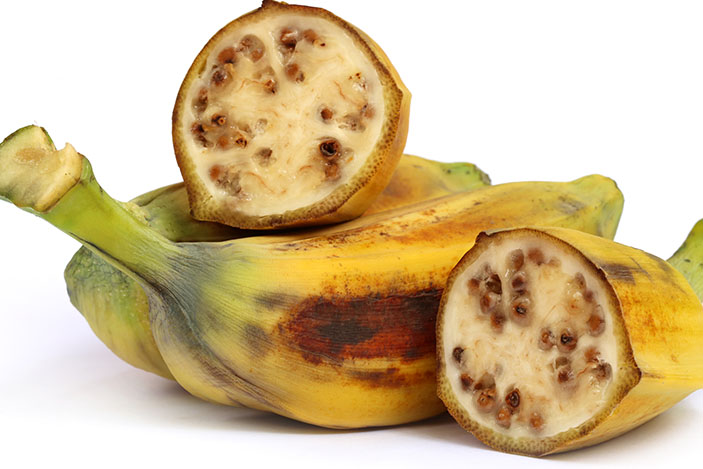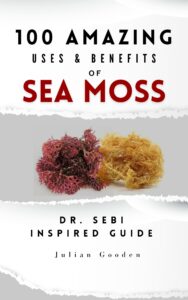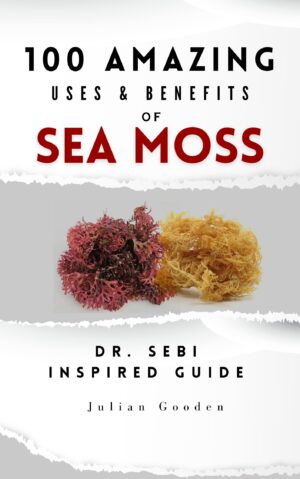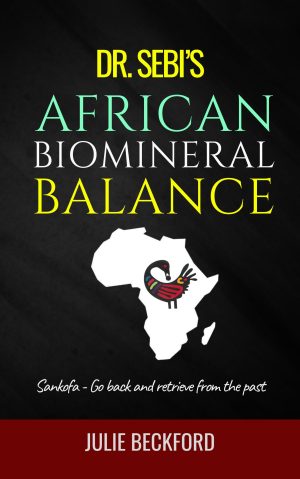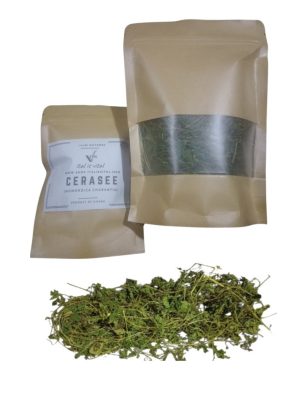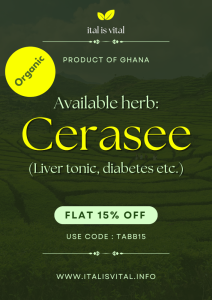Dr. Sebi opened up many people’s eyes to the reality that there are natural and unnatural foods, including bananas. As Dr. Sebi pointed out in a number of lectures, hybrid species are starch based, while natural species are not. Hybrid species are non-electrical, while natural species are electrical.
The bananas usually available for sale at the supermarkets, and even in many traditional markets across the world are usually cultivated or hybrid species. Wild bananas and cultivated or hybrid bananas exhibit differences in various aspects, such as their genetic composition, physical attributes, and ecological functions, For example:
1. Genetic Composition:
- Wild bananas, like Musa acuminata and Musa balbisiana, showcase a wide range of genetic diversity. They possess characteristics that aid in their survival in natural environments, such as resistance to pests, diseases, and environmental pressures.
- Cultivated bananas are usually hybrids of wild species, mainly Musa acuminata and Musa balbisiana. They have undergone selective breeding for centuries to change their traits like larger fruit size, improved taste, and disease resistance.
2. Physical Attributes:
- Wild bananas typically have smaller fruits compared to cultivated varieties. They contain seeds, which are usually absent or reduced in cultivated bananas. The color, shape, and flavor of their fruits may vary.
- Cultivated bananas generally have larger fruits with minimal to no seeds. They may have been selectively bred for specific attributes such as color, taste, and texture. Common cultivated types include the Cavendish, Gross Michel, and various dessert bananas.
3. Ecological Functions:
- Wild bananas fulfill crucial ecological roles in their natural habitats. They offer food and shelter to diverse wildlife, including birds, bats, and insects. Additionally, they contribute to ecosystem services like soil stabilization and nutrient recycling.
- Cultivated bananas are predominantly cultivated for human consumption. Their ecological functions are generally more limited compared to wild bananas.
Cultivated bananas often have a different number of chromosome sets compared to wild species.
Chromosome Differences
Wild bananas typically have a diploid chromosome number, meaning they have two sets of chromosomes. This allows them to reproduce sexually and develop seeds.
On the other hand, many cultivated bananas are triploid, meaning they have three sets of chromosomes. This often arises from hybridization, where the genes of two species (often Musa acuminata and Musa balbisiana) are mixed. Triploid bananas are often sterile, meaning they can’t reproduce sexually. As a result, they don’t develop seeds in the way wild bananas do. This sterility means they usually propagate through vegetative means such as cuttings rather than through seeds.
This difference in chromosome number is a significant factor in the reproductive biology and propagation methods of cultivated bananas compared to wild bananas.
Popular hybrid bananas on the market
Below are some common hybrid species of bananas that you may come across while shopping:
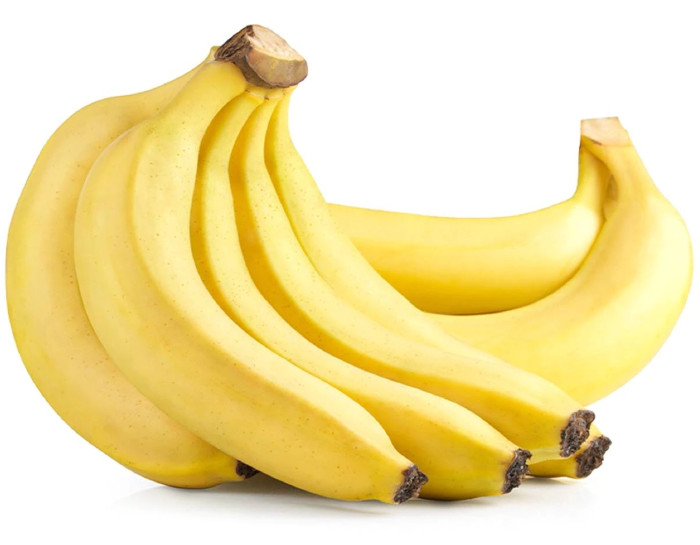
1. Cavendish bananas (Musa acuminata, AAA Group) – Cavendish bananas are widely cultivated and sold commercially worldwide. They are seedless triploid hybrids created by crossing different varieties of Musa acuminata.
2. Gros Michel bananas (Musa acuminata, AAA Group) – Gros Michel bananas used to be the dominant variety in international trade until they were mostly replaced by the Cavendish due to their vulnerability to the so-called “Panama disease”. However, they are still grown in certain regions for local consumption.
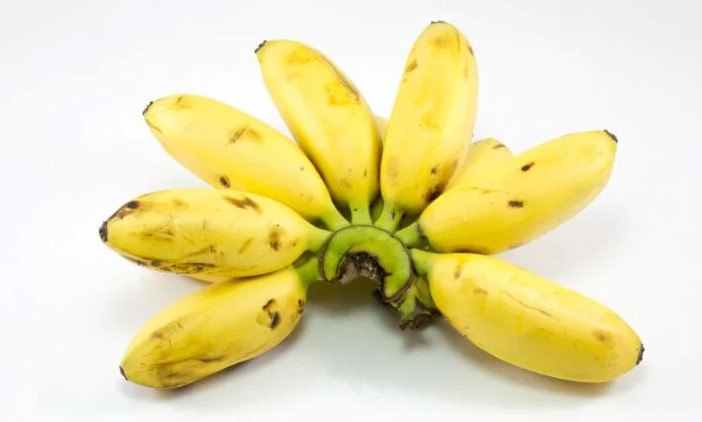
3. Lady Finger bananas (Musa acuminata, AAA Group) – Also known as “baby bananas” or “finger bananas,” Lady Finger bananas are smaller and sweeter compared to the Cavendish variety. They are popular in some markets due to their unique flavor and size.
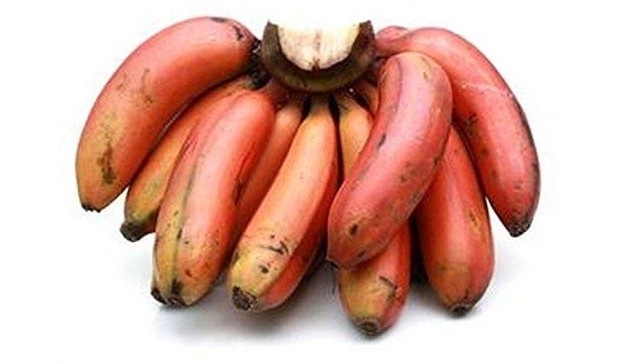
4. Red bananas (Musa acuminata, AAA Group) – Red bananas have a reddish-purple skin and sweet, creamy flesh. They are a mutation of the yellow Cavendish banana and are known for their slightly different flavor profile.
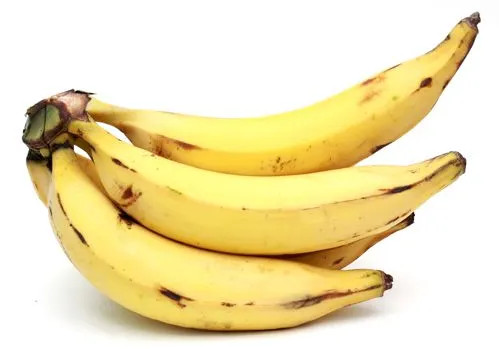
5. Plantains (Musa × paradisiaca) – Plantains are a hybrid cultivar resulting from crossing Musa acuminata and Musa balbisiana. They are larger and starchier than dessert bananas and are primarily cooked before consumption.
These are just a few examples of the hybrid species of bananas that you may find in supermarkets. There are numerous other banana cultivars grown worldwide, each with its own distinct characteristics in terms of flavor, texture, and appearance.
What is the AAA Group?
The AAA group classification is a system used to categorize certain cultivars of bananas based on their genetic ancestry and characteristics. In banana taxonomy, the letters represent different genomes inherited from the plant’s ancestors. The AAA group specifically refers to bananas with a triploid genome derived from the species Musa acuminata.
Here’s what each letter in the classification represents:
- A: Musa acuminata – This species is one of the two primary ancestors of cultivated bananas. It contributes to the bananas’ genetic makeup, providing traits such as sweetness, fruit size, and disease resistance.
- AA: Hybrid of Musa acuminata – Bananas classified with the AA genome are hybrids of different varieties of Musa acuminata.
- AAA: Triploid hybrid of Musa acuminata – Bananas classified with the AAA genome are triploid hybrids of Musa acuminata. They typically have three sets of chromosomes and include many of the common dessert bananas found in supermarkets, such as the Cavendish.
The AAA group includes many of the popular dessert bananas commonly consumed worldwide. These bananas are often seedless or nearly seedless and are primarily propagated through vegetative means, such as suckers or tissue culture, rather than from seeds.
In summary, the bananas we commonly eat are hybrids, resulting from the combination of different wild banana species and selective breeding processes that have taken place over time to develop so-called “desirable” traits. Most people have never seen or eaten a wild banana. This however is not limited to bananas, as Dr. Sebi pointed out on numerous occasions, the majority of foods being consumed today are not natural, banana just happen to be one of them.

Get paperback copies of the following books on Lulu.com
Dr. Sebi Approved Herbs, Volume 2 – 23 Alkaline Herbs with Uses and Formulas
Dr. Sebi Approved Herbs, Volume 1 – 21 Alkaline Herbs with Uses and Formulas
ebooks are available on this website and Lulu.com.


